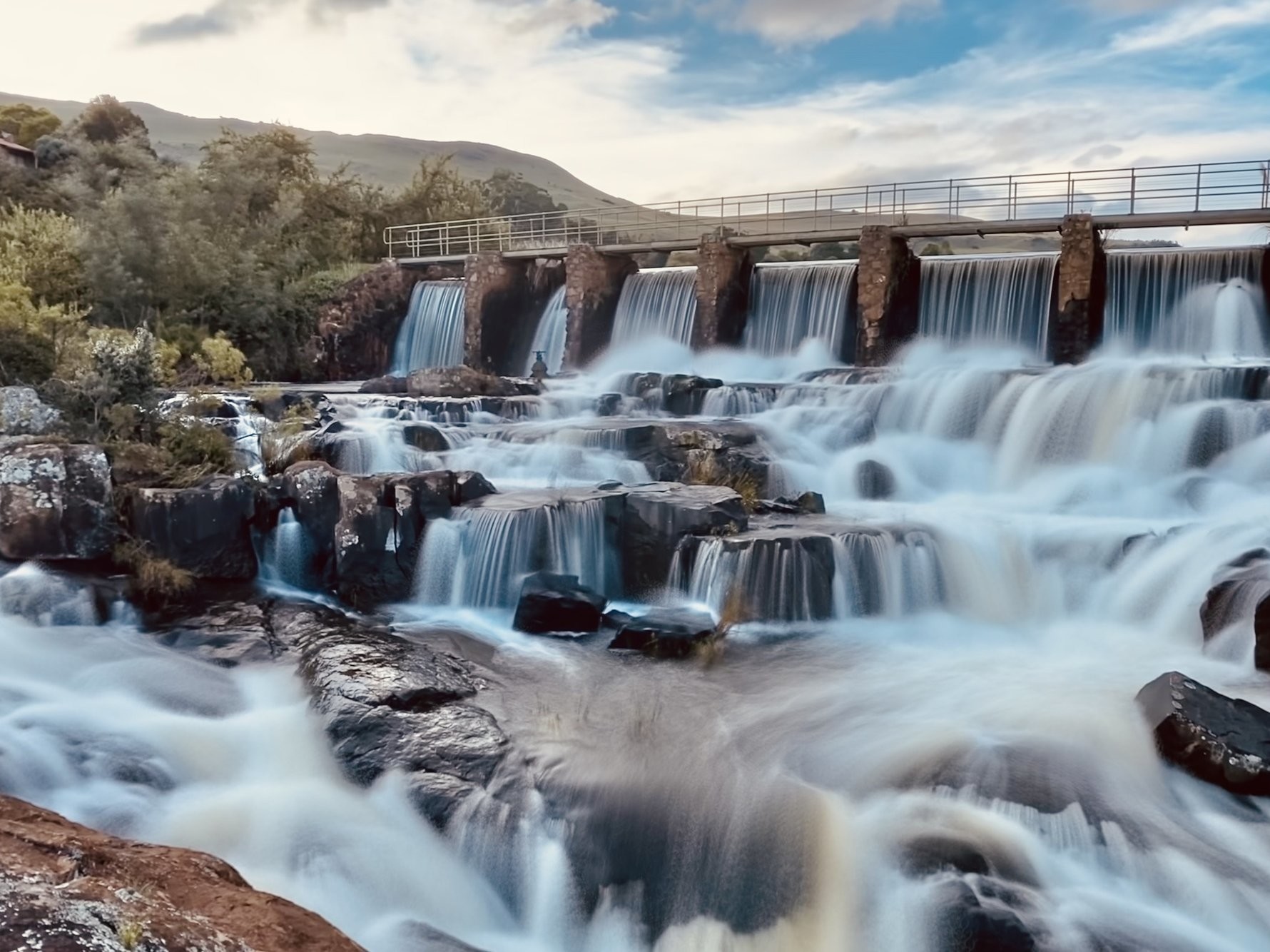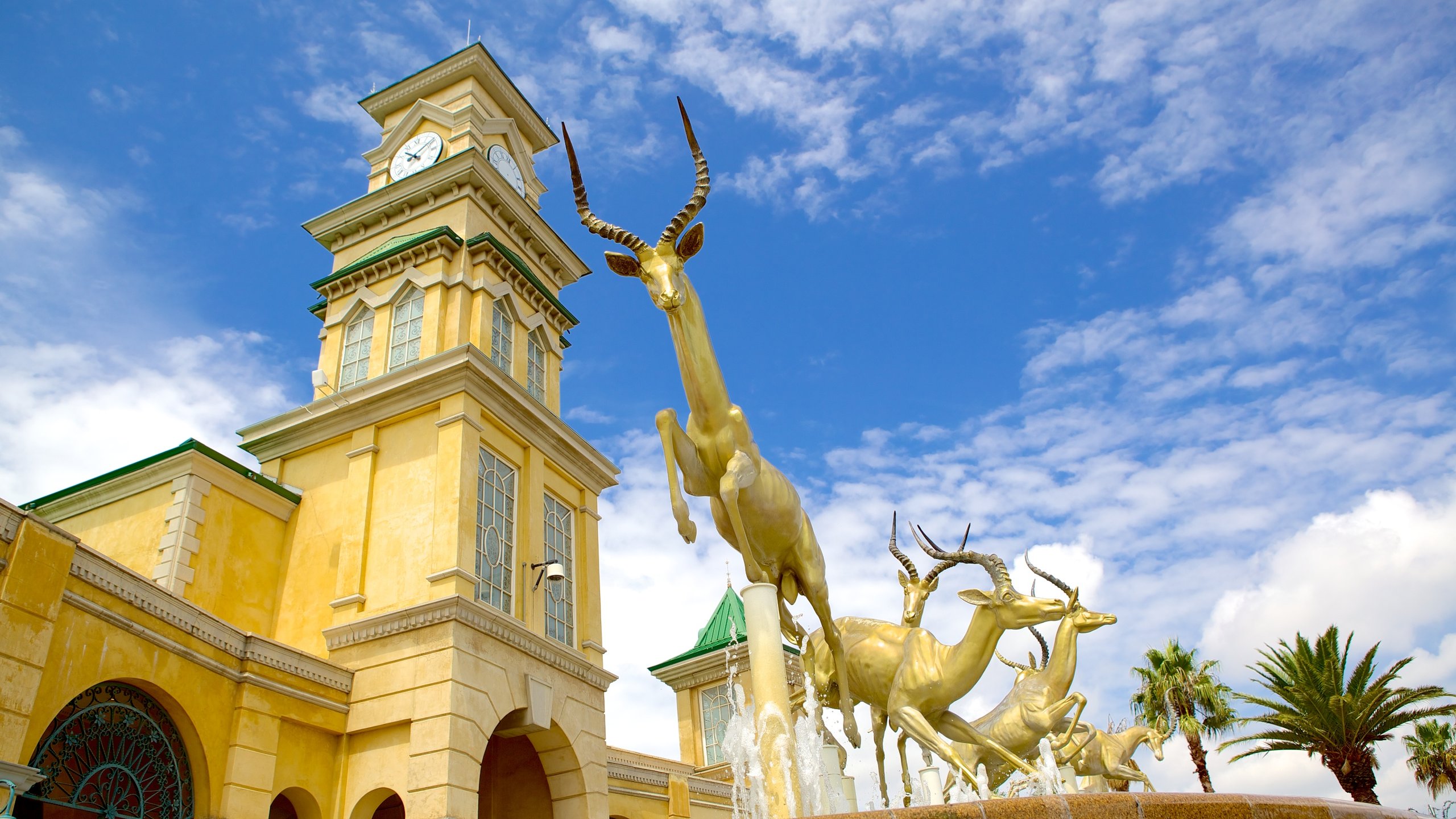All About Johannesburg North Attractions
All About Johannesburg North Attractions
Blog Article
Unknown Facts About Johannesburg North Attractions
Table of ContentsFacts About Johannesburg North Attractions RevealedHow Johannesburg North Attractions can Save You Time, Stress, and Money.Johannesburg North Attractions - The FactsThe Best Strategy To Use For Johannesburg North AttractionsOur Johannesburg North Attractions StatementsNot known Details About Johannesburg North Attractions All about Johannesburg North Attractions
However you ought to maintain safety in mind and visitors should stay sharp at all times when in unknown environments. Talk with the locals when you remain in community to find out concerning the location you are remaining in. Johannesburg North attractions. When on the street (this doesn't relate to mall and other safe and secure atmospheres) ideal basic recommendations is to attempt your best to appear like a regional and to stay clear of presenting any form of wealth
Johannesburg North Attractions for Dummies
Professor Revil Mason O. J. (Thomson, 1946) explored the Witwatersrand's pre-colonial background. His historical job took off the 'em pty land' misconception, according to which the area was empty of human habitation prior to the arrival of European settlers. In his publications Prehistory of the Transvaal: A Record of Human Activity (1962) and Beginnings of Black Individuals of Johannesburg and the Southern Western Central Transvaal Advertisement 3501880 (1986 ), Teacher Mason showed the level of social and financial growth in the location prior to Europeans established foot below.

Johannesburg North Attractions Fundamentals Explained
He acted with the government's approval, provided after he had actually promised to maintain his explorations key. In 1874, small-scale mining operations were begun in the Magaliesberg, where an Australian, Henry Lewis, had actually discovered gold deposits. In 1878, David Wardrop found gold in quartz capillaries at Zwartkop, north of Krugersdorp. In 1881, Stephanus Minnaar stumbled upon gold on the farm Kromdraai, near the Cradle of Humankind.
In March 1886, a protrusion (quickly to be called the Key Reef) was located, fairly luckily, on Gerhardus Oosthuizen's ranch Langlaagte. Some state that the Lancastrian coal miner George Walker found this reef. One more itinerant English miner, George Harrison (who had previously operated in Australian mines) acquired a prospecting licence in respect of Langlaagte in May 1886.
He made a decision to go on in a mission for greener pastures, and disposed of his Langlaagte claim for the handsome sum of 10. Alas: under lay the wealthiest goldfield ever before located. The exploration of this abundant auriferous coral reef prompted a gold rush that indicated completion of bucolic tranquillity in the southern Transvaal.
It would, within six years, become the biggest community in southerly Africa. Within a years, it would make the Z. A. R. until then an anarchical and insolvent little state the wealthiest country in Africa. By the millenium, the Z. A. R. was to go beyond Russia, Australia and the United States of America to end up being the world's leading gold manufacturer, producing even more than a quarter of the globe's gold.
The 8-Minute Rule for Johannesburg North Attractions
It was known as Ferreira's Camp, called after Colonel Ignatius Ferreira. He was a Boer traveler upon whom the British authorities had presented the status of Buddy of the Most official statement Distinguished Order of St Michael and St George (entitling him to the post-nominal letters C. M. G.) in gratitude for his duty in the war that had actually deposed the Pedi king Sekhukhune in 1879.
Soon the camp was including tents and wagons as newbies arrived daily from far and wide. By September 1886, some 400 individuals resided in Ferreira's you could try these out Camp, which quickly boasted built iron and timber structures. Two various other camps were developed: Meyer's Camp on the ranch Doornfontein, and Paarl Camp. The latter was nicknamed Afrikander Camp; lots of people from the Cape Nest settled there.

All about Johannesburg North Attractions
This name obtained currency by word of mouth, such that the State Secretary attested the name to the Mining Commissioner on 9 October 1886. Stands in the village were auctioned on 8 December 1886. While some stands were cost 10, others were knocked down for as little as sixpence.
2 years later on, these erven were to change hands for as high as 750 each. The tented camps decreased as a dorp of corrugated iron buildings established and increased north of the mines located along the Main Coral Reef Roadway. Locations such as Jeppe's Town (where working-class immigrants erected their residences) and Doornfontein (where the affluent brand-new 'Randlords' started to build their opulent homes) were quickly contributed to the ever-expanding map of the community.
Johannesburg North Attractions - An Overview
In addition to the street names, there were no signs of Johannesburg being situated in a Dutch-speaking country. Several years later, C. W. Kearns O. J. (one of the first young boys signed up at St John's College in 1898) would recall: 'An odd reality about Johannesburg website link was that, although it was in the [Boer Republic], nearly everyone talked English and also the Federal government slaves resolved one in English, unless they were first dealt with in the Taal (or Low Dutch)'.
Britain had a rate of interest in guaranteeing optimal conditions for gold manufacturing on the Witwatersrand, and that the gold was exported to London rather than Berlin a crucial rendered all the extra clamant by the Z. A. R.'s boosting toenadering with Germany. Mine owners got on an accident course with Head of state Kruger, whose policy of monopolistic giving ins (commonly granted to his cronies) prevented mining business from acquiring materials of products (particularly dynamite) and work on their own, less expensive terms
The Facts About Johannesburg North Attractions Uncovered
In 1890, the Volksraad had actually restricted the franchise business to white men that had lived in the Z. A. R. for fourteen years or longer, therefore invalidating the majority of the immigrants (who took place to be the major contributors to the fiscus). Nonetheless, agitation for the vote was a plain pretense for advertising a different program; the majority of uitlanders regarded themselves as temporary site visitors and had no purpose of remaining in the Z.
Report this page